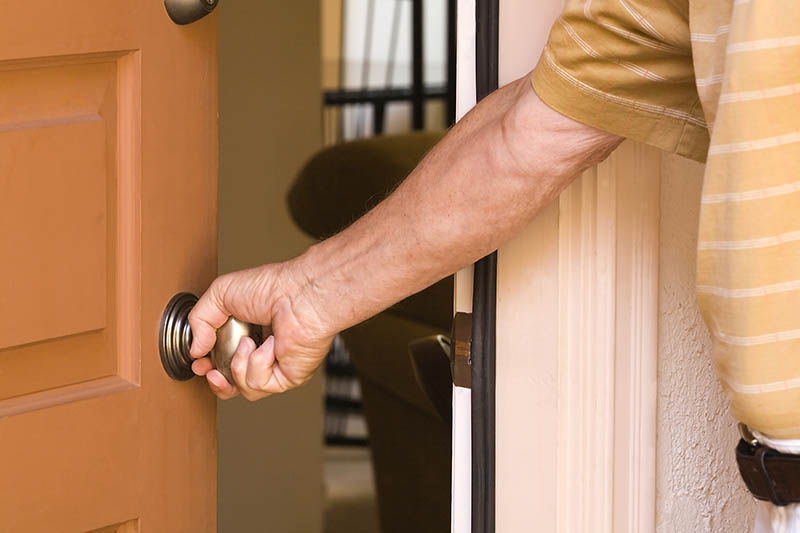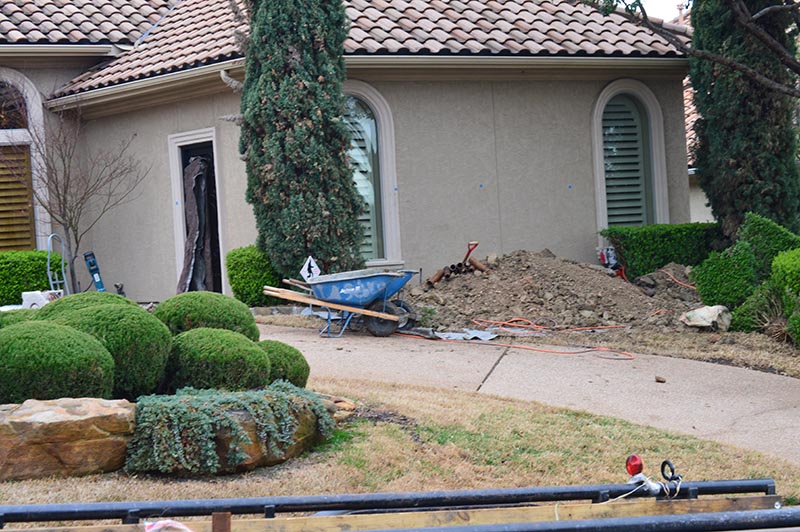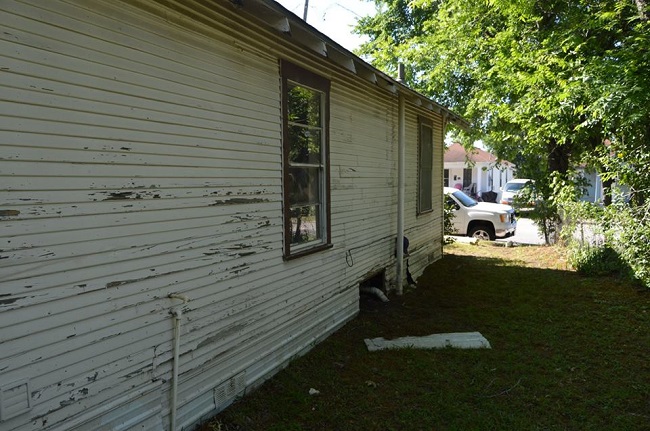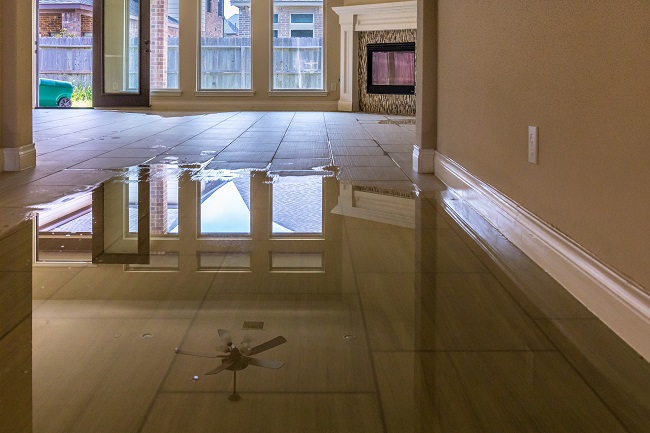It certainly doesn’t take an expert to realize that puddles in the basement or a pool of water in your front yard are potential signs of a drainage problem. However, there are many drainage issues that aren’t so easy to see. Detecting drainage problems when they’re small and easier to fix is crucial to protecting your property from extensive repairs in the future. Fortunately, there are a few tell-tale signs to look for if you think you may have a drainage problem.
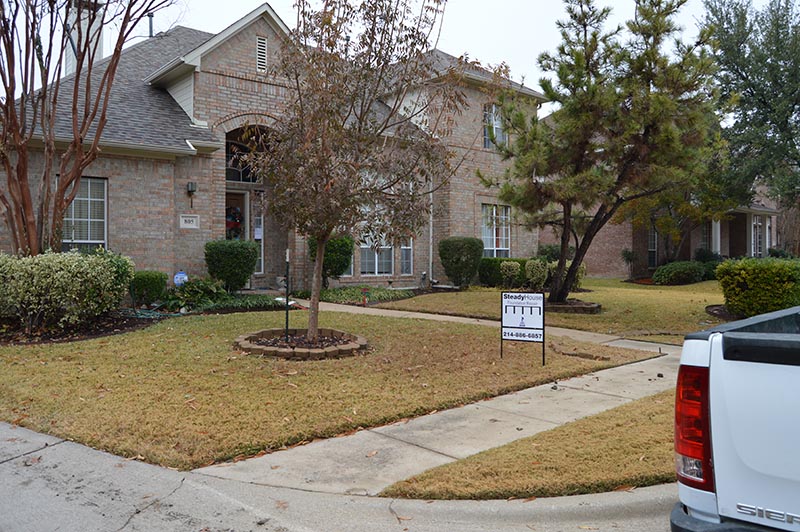
Notice Cracks
We all know that houses tend to settle over time, which can often cause small cracks in the foundation. Although most small cracks are harmless, you need to know when it’s time to call the experts. Any cracks that are larger than about 1/8th of an inch wide should be closely watched. If you notice these cracks are growing, it’s time to call in the pros.
Watch Those Downspouts
If you notice that your downspouts are dumping too much water from the roof, this could be hazardous to your foundation. Too much water being dumped too close to your home’s foundation can cause flooding in your basement, thus ruining your flooring, walls, and even damaging your personal belongings.
Examine Your Gutters
Designed to keep water away from your home, gutters should be examined on a fairly routine basis. If you notice vertical streaks of dirt on the outside of your gutters, splatters of mud on the siding, or vertically peeling paint on your home’s exterior, it could be a clear sign that your gutters are not functioning as they should. They may simply be clogged with leaves and need to be cleared out by a professional. However, undersized or improperly pitched gutters will need to be reinstalled or completely replaced.
At Steady House Foundation Repair, we want to help you protect your property. That’s why we work with each of our customers across the DFW area to fix what is broken and, more importantly, to help detect potential problems before they arise. The earlier you detect an issue, the more money you save yourself in the end. If you’ve noticed any of the above signs or you suspect that you might have a drainage problem, contact us today!

